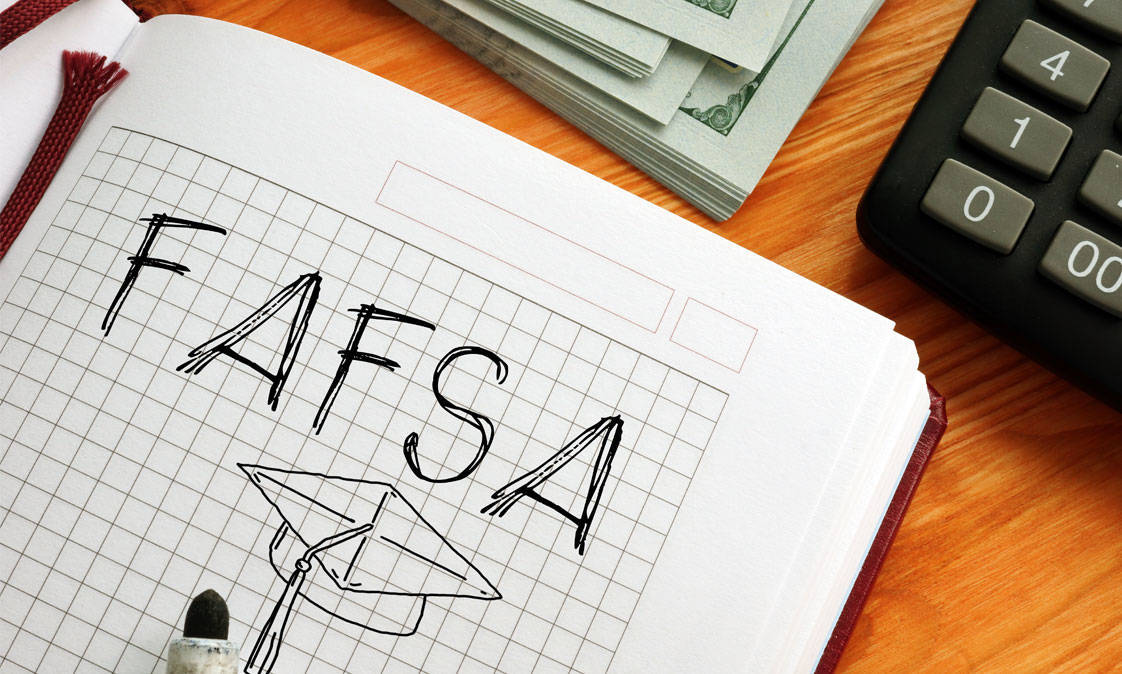The 2024 FAFSA: What to Expect and How to Prepare
Whether you’re a senior in high school or the parent of one, there’s a lot to do to prepare for the first year of college. There are many due dates to remember – and one of those key deadlines is the FAFSA, otherwise known as the Free Application for Federal Student Aid.
Before each year of college, the FAFSA allows a student to apply for federal grants, work-study and loans. Colleges use your FAFSA to determine your federal aid eligibility and many states and colleges use FAFSA to award their own aid.
While the FAFSA typically opens on October 1 of every year, it opened in early January for the 2024-25 academic year. It will return to opening on October 1 for the 2025-26 academic year. The shift in the application date is due to improvements to the form including a redesign and fewer questions. Also, the new FAFSA’s formula for determining aid eligibility has been changed with the goal of expanding financial assistance for low-income families.
Stay Informed and Be Prepared
The new FAFSA form is now live for the 2024-2025 school year.
If you have never filled out the FAFSA, create your StudentAid.gov account—and remember your username and password so you can access and submit the 2024–25 FAFSA when it is available. StudentAid.gov will send an email when the form is available.
If you filled out the FAFSA previously, log in to your StudentAid.gov account and make sure your current email address is correct. Once the exact FAFSA launch date is announced, you will receive an email to whomever applied on the 2023–24 form, reminding them to apply for 2024–25.
What to Expect When Completing the FAFSA
- For the 2024-25 school year, anyone required to fill out part of a student’s FAFSA—including a student, spouse, parent or step-parent—must create their own FSA ID and password for security reasons. We recommend starting this process now, before the FAFSA opens. It can take up to three days for the ID to be created through the Social Security Administration. Application contributors can set up an FSA ID at StudentAid.gov by providing their birth date, Social Security number and full name.
- There are fewer questions asked to determine financial standing. The old FAFSA had over 100 questions, while the new one has fewer than 50. The new application requires financial information be pulled directly from IRS data when possible. The tax information will require consent from each contributor to the application.
- The old metric allowed a minimum estimated family contribution of zero after considering income, assets and other factors. With the new formula, you can have a family contribution below zero thus, expanding the financial assistance for low-income families.
- Families don’t get a break for having multiple students in college. This means families with multiple college students could receive less aid for the 2024-25 school year. However, schools can adjust offers at their discretion.
- Instead of reporting the income of the parent a student lives with for most of the year, dependent students of divorced or separated parents now need to report the income of the parent who provides the most financial support.
- Some income isn’t considered in aid calculation. You may no longer have to include some untaxed income in your FAFSA such as money received from extended family members. Other untaxed income—such as housing and living allowances paid to service members—may also be excluded from the aid analysis.
- The new FAFSA will expand Pell Grant eligibility. Pell Grants are a type of aid that doesn’t have to be repaid.
- Students can now list up to 20 schools on the online FAFSA application. However, if you fill out the PDF version of the FAFSA, you’re limited to 10 schools.
Documents You Will Need for the FAFSA
Documents needed from the student:
- Student’s Social Security Number or Alien Registration Number
- Proof of U.S. citizen status by providing a government-issued ID, birth certificate, passport, certificate of naturalization, permanent resident card or certificate of eligibility for non-immigrant student status
- An FSA ID to sign electronically
Documents needed from the student’s parents or legal guardian:
- Most recent Federal Income Tax Returns • W-2 forms
- Bank statements and records of investments (if applicable)
- Records of untaxed income (if applicable)
- An FSA ID to sign electronically
At CommunityAmerica, we want to make preparing and financing college easy so you can focus on achieving your dreams of higher education at the school of your choice.
If you have any questions along the way, get in touch with our dedicated College Planner, Karly Scholl, for individualized guidance for your future plans.








